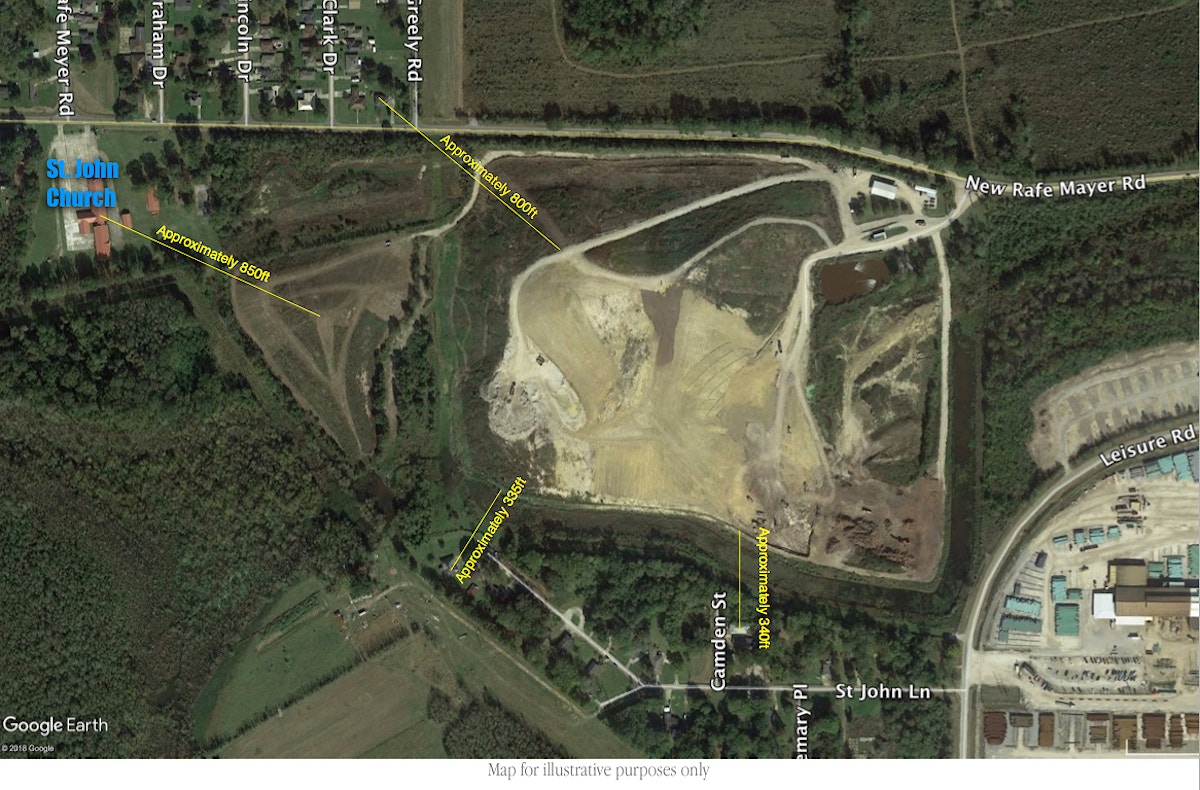5.4 Landfills

- Citizen's Guide
- Chapter 5: Your Land
- 5.4 Landfills
- Table of Contents
- Chapter 1: Government Agencies & Environmental Regulations
- Chapter 2: Public Participation in Government
- Chapter 3: Your Water
- Chapter 4: Your Air
- Chapter 5: Your Land
- Chapter 6: Emergency Preparedness
- Guide Wrap-Up
- Additional Resources & Contact Information
- Credits, Dedication & Thanks
From the everyday trash and garbage generated by households, to the waste streams created by large-scale manufacturing, our modern society produces a great deal of waste. Ideally, this material should be re-used and recycled but inevitably much of it will be stored in landfills, injections wells and various storage facilities. The geography of Louisiana presents a challenging environment for the responsible siting of waste facilities. Much of Louisiana is within the historic flood plain of the Mississippi River and most land in the southern part of the state has an elevation at or near sea level. Subsidence and coastal erosion are continually increasing the vulnerability and flood risks of communities throughout south Louisiana. Flooding can pose a significant challenge for properly containing waste in landfills and other storage facilities. In order to protect public health and the environment it is important to adequately contain this waste, preventing contamination of the adjacent soil and groundwater in an emergency situation such as a flood, hurricane or man-made accident.

There are several different types of landfills. A RCRA subtitle C landfill is meant for hazardous waste such as certain solvents, industry specific wastes, or pharmaceutical waste, among others. Municipal and household waste typically goes into RCRA subtitle D landfills. There are also industrial landfills and construction and demolition landfills, which receive only construction and demolition materials.
For a complete list of landfills in Louisiana, go to http://www.deq.louisiana.gov/portal/DIVISIONS/WastePermits.aspx. Within this section you can click through to “Solid Waste Permits” and “Hazardous Waste Permits.”